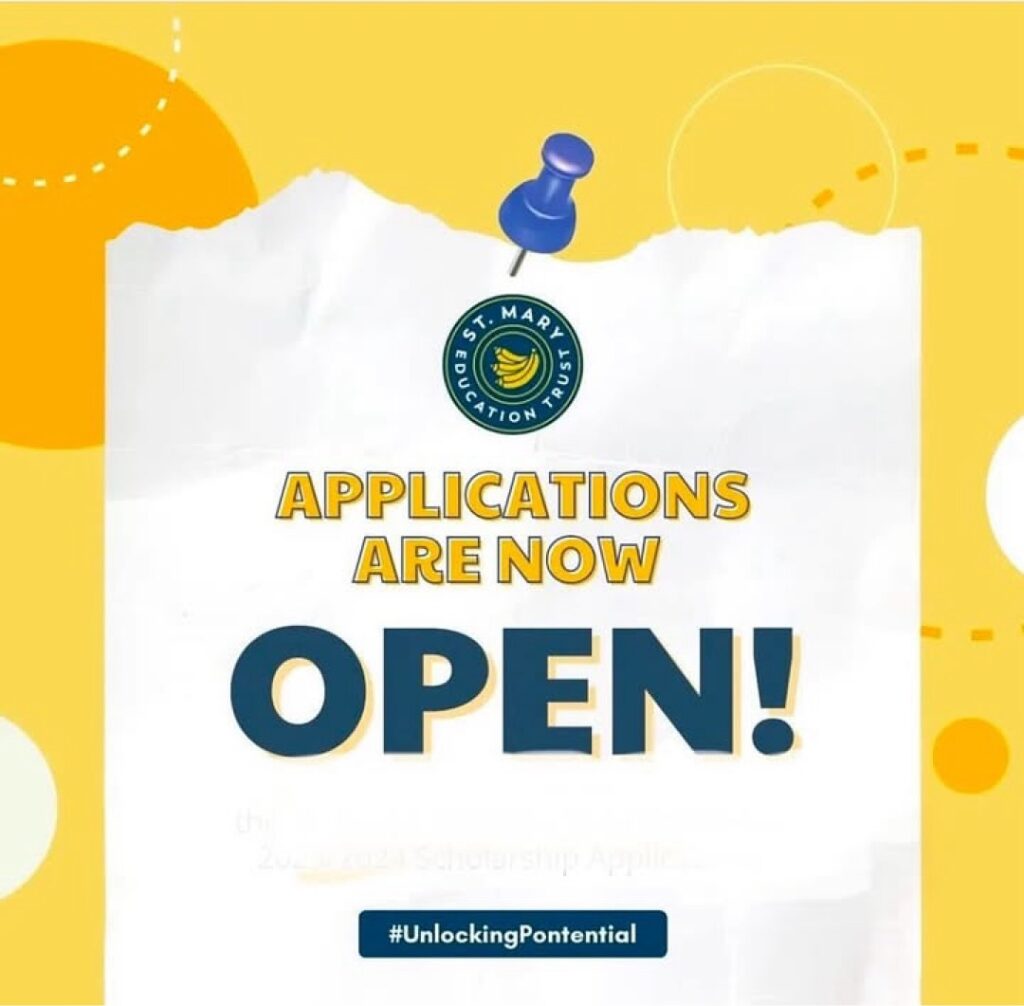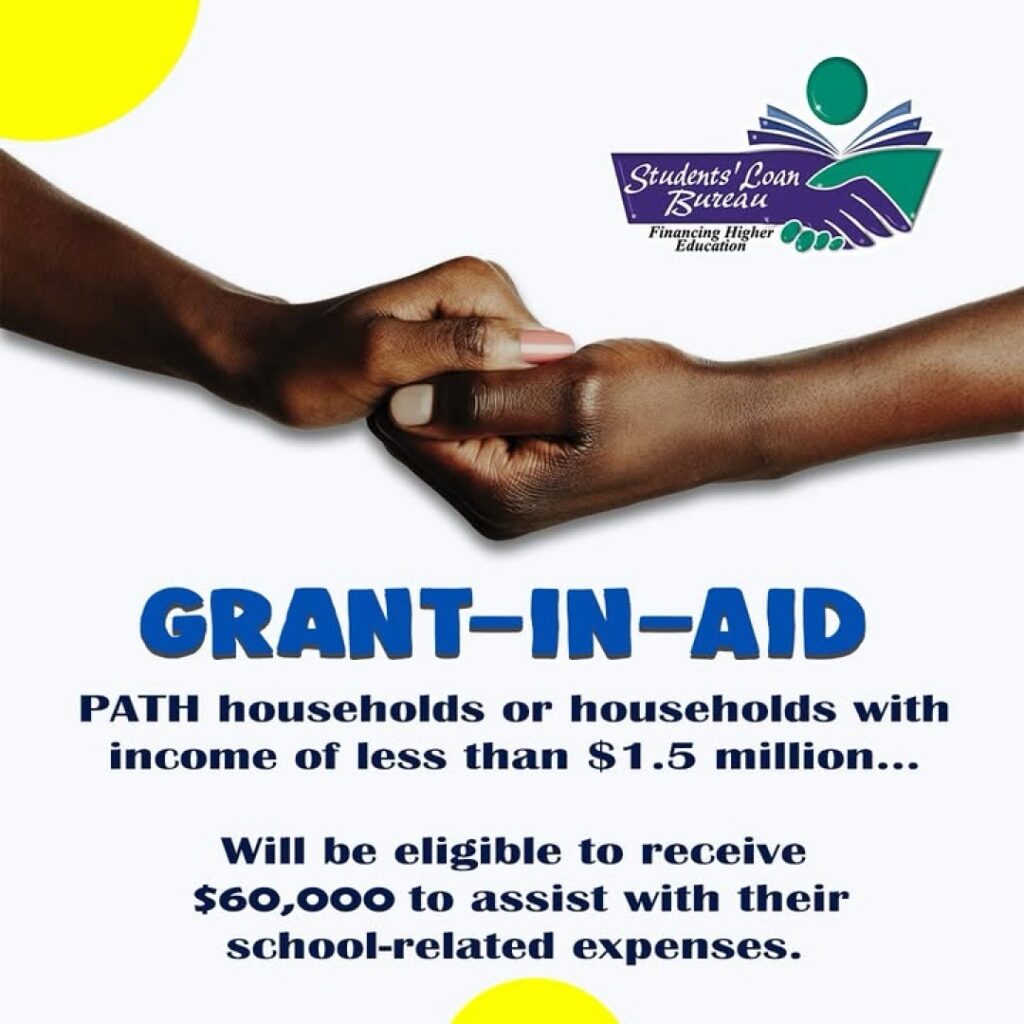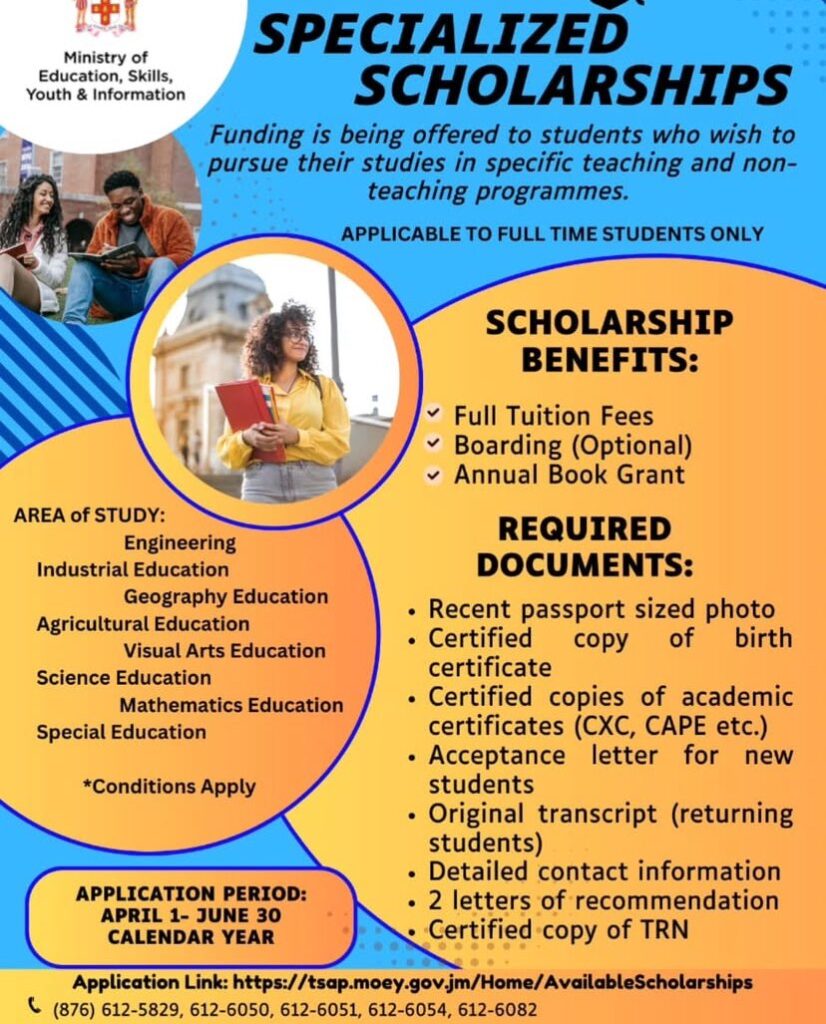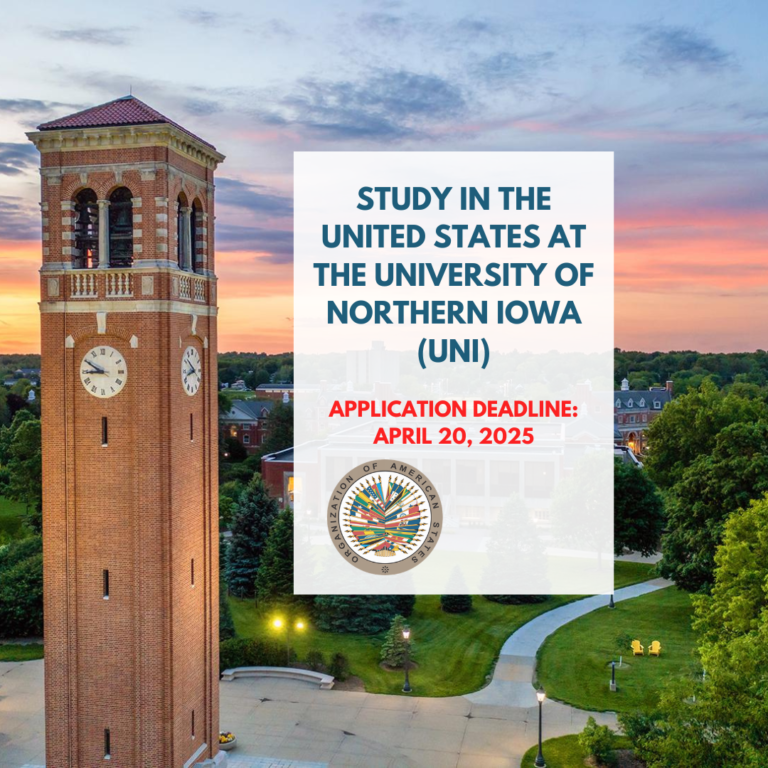Here’s what returning students and new graduates should know about the flexibility on international student visa regulations prompted by the coronavirus pandemic.

SINCE THE CORONAVIRUS pandemic forced school closures nationwide and a transition to online classes, enrolled international students have had numerous questions about possible changes in visa guidelines. To help schools and international students steer through these unprecedented times, the U.S. government’s Student and Exchange Visitor Program, or SEVP, has released guidance on student visa regulations, which it continues to update as the COVID-19 situation evolves.
“SEVP has been quite accommodating in these trying times and have relaxed some of the main issues that affect international students who are still at university,” says Prithvi Reddy, a Ph.D. student from India studying mechanical engineering at Michigan Technological University. For example, SEVP has said there should be no impact on international students’ immigration status if schools change their grading policy to pass-fail as a result of the switch to online classes.
Still, many international parents and students have concerns, says John Gu, an educational consultant who works mainly with Chinese students and is the founder of Unibond Education in Massachusetts.
“Returning students worry about the interruption of international travel,” Gu says. “Other concerns include the economic impact on their financial aid or school-sponsored work opportunities, lack of internship opportunities, shortage of international student support due to funding cuts, schools’ financial stability, etc.”
[ READ: As US Closes Door on International Students – Canada Welcomes Them ]
Here are three areas enrolled international students and recent graduates should be aware of in light of updated guidance from the government:
- Requesting a temporary absence
- Remote learning in the summer
- Flexibility with OPT required hours
Requesting a Temporary Absence
To maintain their immigration status, students on an F-1 student visa must enroll in what’s known as a “full course of study.” Per the updated government guidance, if students are not willing to enroll in online classes and therefore are not taking a full-time course load, they will have to request a temporary absence.
Students planning to take the option of a temporary absence should contact their designated school official, or DSO, who helps them maintain their legal status to study in the U.S.
Typically, an F-1 student may be able to take an authorized leave of absence from school due to unforeseen circumstances. When students take a temporary absence, their record in the Student and Exchange Visitor Information System, or SEVIS, will be set to terminated status for “Authorized Early Withdrawal.” SEVIS is used by the U.S. government to maintain information on international students.
When students take an authorized temporary absence of less than five months, their record can be corrected in SEVIS to active status when they return and re-enroll in school, which will allow those students to re-enter the U.S. using their previous SEVIS ID number, according to the U.S. Department of Homeland Security, known as DHS.
[READ: Student and Exchange Visitor Information System (SEVIS). ]
Students outside the U.S. for more than five consecutive months will need to obtain a new Form I-20, the Certificate of Eligibility for Nonimmigrant Student Status, an important form used throughout an international student’s studies in the U.S. They must also pay the I-901 SEVIS fee again if their original visa is no longer valid.
But as a result of COVID-19, there may be more flexibility. “Given the uncertainty that still exists, especially with the various travel restrictions and the temporary closure of U.S. embassies and consulates around the world, the five-month rule has been relaxed for the time being,” says Christian Stuart, executive director of the Center for On-Campus International Student Services in the College of Education and International Services at Andrews University in Michigan.
Student Visa Regulations: Remote Learning in the Summer
U.S. government regulations typically permit international students to take just one online class a semester. However, due to the coronavirus pandemic, SEVP issued guidance in March that gave universities some flexibility to implement temporary adjustments, such as moving to online instruction, that would not affect the immigration status of enrolled international students who maintain their full course of study online.
Earlier this month, SEVP stated that it has not yet issued guidance to schools and international students for the fall semester. However, it says the temporary changes that permit international students to participate in remote learning remain valid through the summer session.
“F-1 students who are not in the United States, but attend a college or university that offers online or other alternative learning procedures, must participate in these programs to remain in valid status,” says Raymond G. Lahoud, an immigration attorney and member and chair of Immigration Practice Group in Pennsylvania.
Once colleges begin offering only in-person classes without remote learning alternatives, “international students will be required to return to the U.S. to take the in-person classes,” or their visa status may be affected, Stuart says.
Flexibility With OPT Required Hours
Another area with updated student visa regulations that international students should be aware of relates to temporary employment through the Optional Practical Training, or OPT, work program. Typically, for what’s known as post-completion OPT, students who have completed their degrees must work at least 20 hours a week.
[READ: Getting Started with the SEVP Certification. ]
However, SEVP has updated its guidance due to COVID-19. If the economic impact of the coronavirus outbreak causes students’ hours to drop below 20 hours a week, they can still be counted as taking part in OPT.
“Students currently in the U.S. on OPT have some flexibility. Since OPT can either be a paid job or volunteer work or a combination of both, a student who drops below 20 hours per week of work hours might consider adding some volunteer hours,” Stuart says.
He says students who are outside of the U.S. can participate in OPT if they had already applied and been approved before they left in the spring term, and if the OPT work remains with a U.S.-based company or organization and the student can do the work remotely.
“For example, if a student completed a teaching degree in the spring term and was offered a teaching position through OPT for the summer in a U.S.-based institution, but that teaching position is now for an online class because the institution moved to remote learning, the student can continue with the OPT while outside of the U.S.,” Stuart says.
It remains unclear whether international students can apply for OPT while outside of the U.S. Matthew Bourke, a spokesman for U.S. Citizenship and Immigration Services, which is part of DHS, wrote in an email that OPT applications are being “evaluated by USCIS officers on a case-by-case basis to determine eligibility while noting all available information.”
International students must have an active status listed in SEVIS, Bourke says, and their designated school official must enter a recommendation for OPT into the student’s record.
Since the government’s student visa regulations updates likely do not yet answer all of the questions international students have, Stuart says patience will go a long way at this time. He recommends international students stay in direct and regular contact with their individual school’s international student services office and designated school official, and to avoid relying on rumors or anecdotal information.
“The DSOs and other international student services advisers at colleges and universities are monitoring the rapidly changing developments daily, taking in and processing updates from government agencies and interpreting students’ options based on relevant regulations,” Stuart says.
Source: USNews & Written by Anayat Durrani, Contributor












Comments are closed